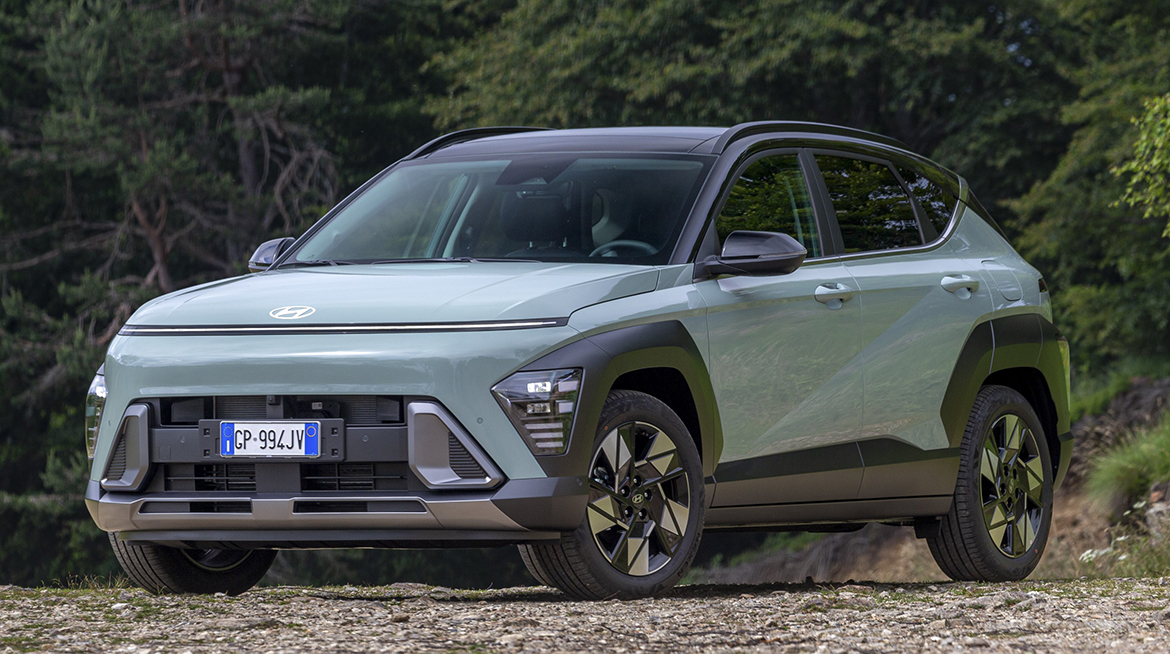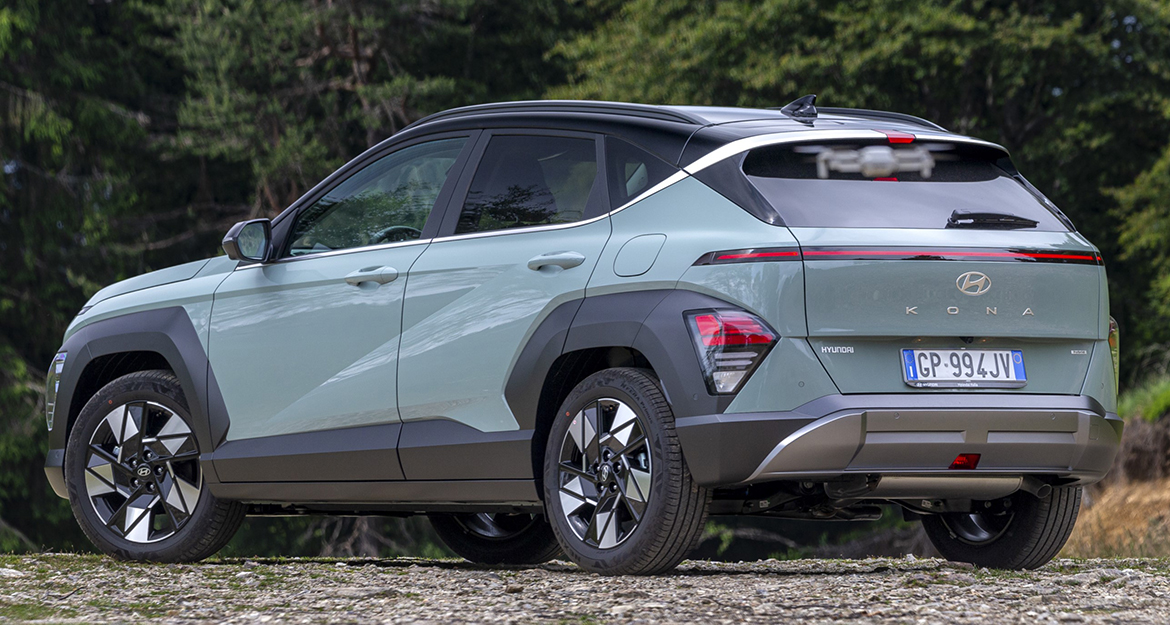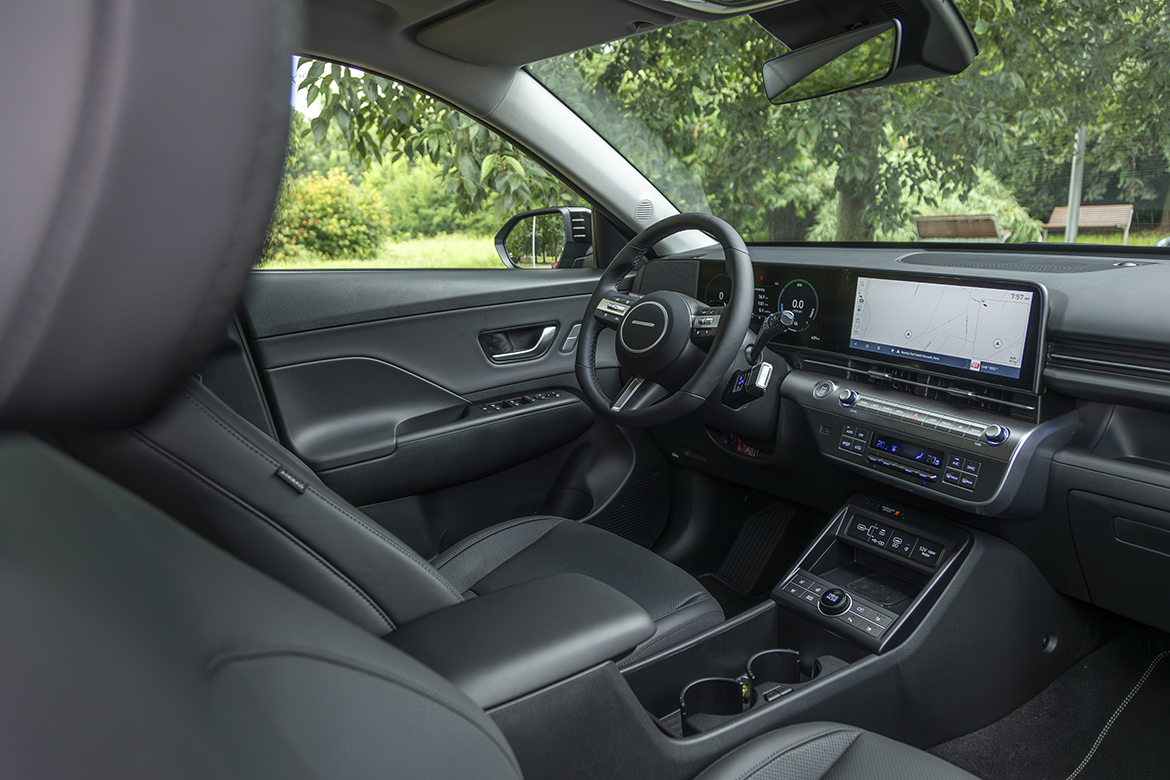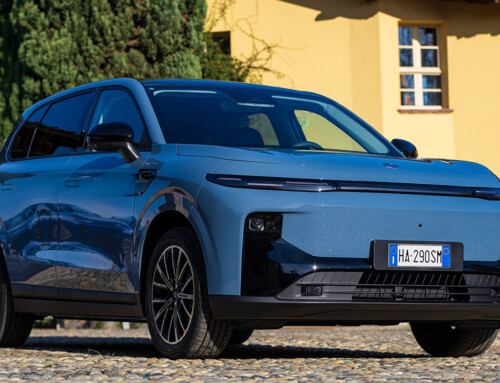After having set a trend among the B-SUVs with the first generation, today Hyundai Kona returns to the public more ambitious, mature and attentive to following the new directions and customer needs, exactly as announced from the very beginning of the project. But how does the new Kona look “live” today? Compared to the sketches and preliminary images (read the complete design story on Auto&Design no.260), the first sensation that the lines convey is that of greater solidity and sturdiness, combined with a high-tech spirit that emerges by contrast from the extremely clean lines, especially in the upper part of the front, thanks to the solution of the headlights in a single horizontal band, taken up for the rear lights. It is a design strongly inspired by the stylistic features of the electric, which in the future will make the difference between the various types of power supply less evident. “When you want to improve an already successful model, the right thing to do is to listen to the customers,” told us SangYup Lee, Executive Vice President and Head of Hyundai and Genesis Global Design Centre.
Even more than previously, it is in fact the lower part of the bodywork that changes according to the trim, giving character to the various configurations up to the sporty touch of the N Line, reinforcing the choice of a strongly vertical development in which the mudguards, while remaining marked, they are more integrated into the sides and less evident than in the past in the front view, while on the contrary in the rear they clearly detach from the car body.
The interiors amplify the sensation of space, not only perceived but also effective given that the larger dimensions are due precisely to the customers’ desire to have a more capacious trunk: the front area offers two 12.3″ flat displays for the dashboard and the ‘infotainment, enclosed in a single horizontal panel that stands out above a tunnel from which the controls of the automatic gearbox have been eliminated and moved into a simple but eye-catching satellite behind the steering wheel. However, here the impact is less essential, because there are several buttons left in the center console, on the tunnel and on the steering wheel, which are rather instinctive to operate.













